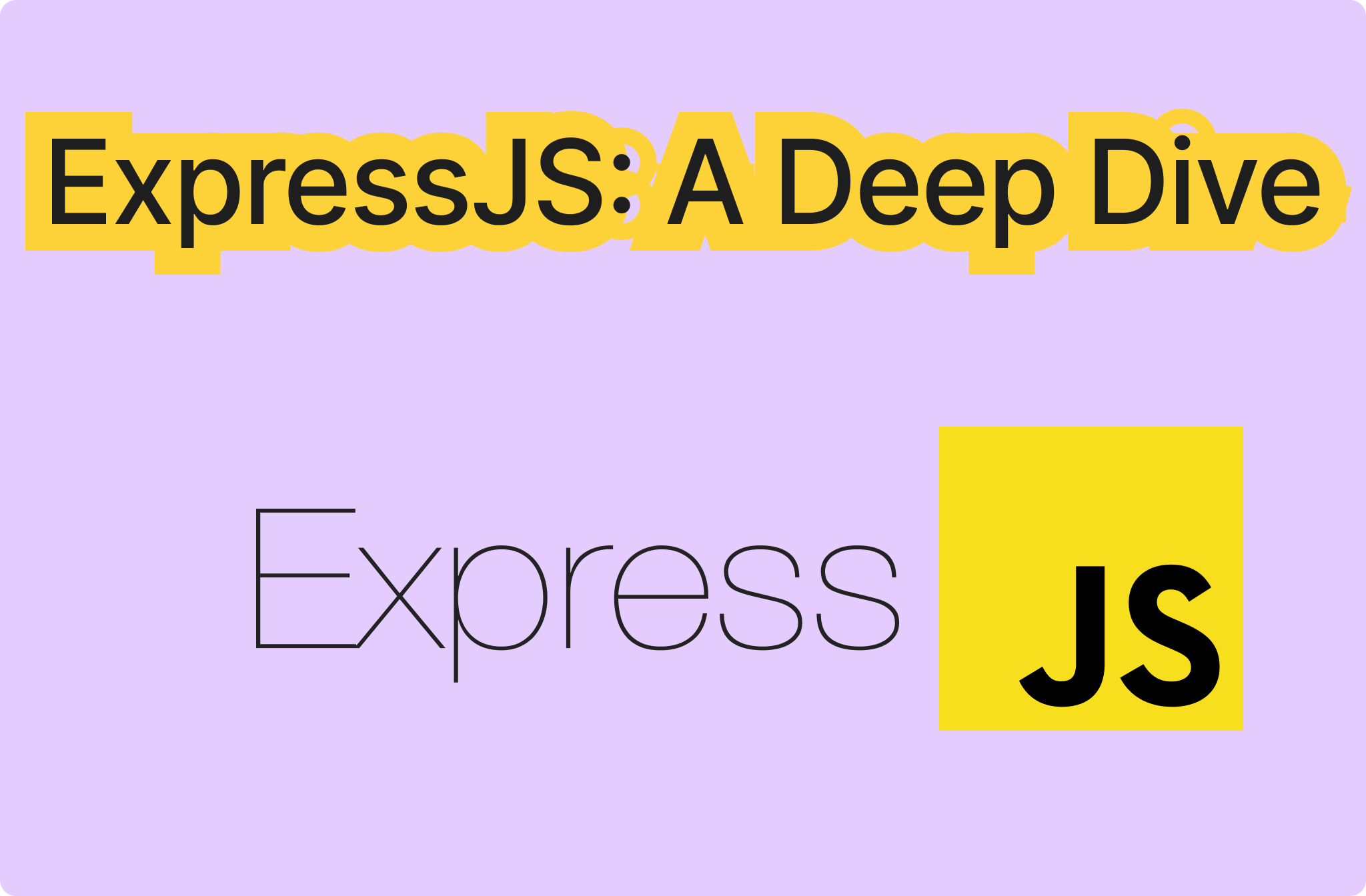63 個專案實戰,寫出作品集,讓面試官眼前一亮!
*原文發表於[Medium](https://tapajyoti-bose.medium.com/)* **React**是**2025 年前端開發人員**最需要的技能之一。如果您正在準備**2025 年**的**React**開發人員面試,那麼掌握最新的最佳實踐、模式和概念至關重要。 ...
**總結** 在本文中,您將學習如何使用 Langraph、CopilotKit 和 Tavily 建立結合人機互動功能的代理原生研究畫布應用程式。 在開始之前,我們將介紹以下內容: - 什麼是 AI 代理? - 使用 LangGraph Studio 建置和視覺化 Lang...
**總結** ------ 在本教程中,我們將引導您逐步建立由**AI 驅動的投資和儲蓄 Copilot** ,以幫助您使用[Maybe Finance](https://maybefinance.com/) 、Nextjs 和[CopilotKit](https://go.copilotk...
[](https://leapcell.io/?lc_t=d_jsauth) 在前端專案開發中,使用者認證主要有四種方...
[](https://leapcell.io/?lc_t=d_js) Express 是 Node.js 中極為常...
您是否厭倦了 React 應用程式中無休止的 props 鑽取和回調鏈?管理深度嵌套元件之間的狀態和通訊是否感覺就像與義大利麵條程式碼搏鬥? **事件驅動的架構**可以簡化元件互動、降低複雜性並使應用程式更易於維護。在本文中,我將向您展示如何使用自訂`useEvent`掛鉤來解耦元件並改善 R...
在這個簡單易懂的教學中,您將學習如何使用 LLAMA-3 AI 模型建立您自己的語音助理 Siri。 😎 **您將學到什麼:👀** - 了解如何使用 OpenAI TTS / Pyttsx3 / gTTS 在 Python 專案中設定**TTS** 。 - 了解使用**Groq**...
遲早您的專案中會需要一個輪播。也許您想要顯示圖像列表,也許是您的應用程式的簡介,或者您可能希望您的應用程式有幾個可滑動的螢幕。無論您的用例是什麼,本文都可能對您有所幫助。 讓我們開始吧。我們的輪播的基礎將是一個簡單的`FlatList`元件。原因很簡單 - 它基於`ScrollView`元件,...
React Hooks 在版本 16.8 中被加入到 React,完全改變了我們撰寫 React 應用的方式。在引入 hooks 之前,我們必須使用類別組件來管理狀態和生命週期方法,這使得代碼變得複雜,特別是在大型應用中。Hooks 讓我們能夠使用函數組件來更輕鬆地處理狀態、副作用和性能優化等問題。...
你是否曾經想過為什麼某些 JavaScript 程式碼似乎無法按順序運行?理解這一點的關鍵是 **事件循環**。 JavaScript 的事件循環可能難以理解,特別是在處理不同類型的非同步操作時。在本文中,我們將解析 JavaScript 如何處理 **同步** 和 **非同步** 程式碼、*...
React hooks 徹底改變了我們在 React 中編寫元件的方式,使我們的程式碼更具可讀性、可維護性和功能性。無論您是經驗豐富的開發人員還是剛起步的開發人員,這些掛鉤都是可以顯著改進您的專案的重要工具。在本部落格中,我們將探討一些最有用的 React hook,以及如何有效使用它們的範例。 ...
人工智慧風靡一時,並且有大量的炒作。有人說這將改變我們所知道的世界(以錯誤的方式),而其他人則說這是一種時尚。 然而,正如埃隆馬斯克所說,“最有趣的結果是最有可能的。” 人工智慧不會殺死我們所有人,它也不是一種時尚。相反,它將提高我們的生產力,建立更複雜的系統。 。今天,我想與大家分享發布者和訂閱者模式,或是最親密的朋友的 PubSub 模式。我強烈建議您在繼續此任務之前閱讀並理解觀察者...
精選技術文章、免費程式設計資源、以及業界重要新聞!
也歡迎訂閱 YouTube 頻道,觀看每週二晚間的《CodeLove Talk》直播節目,一起討論軟體開發相關的話題!